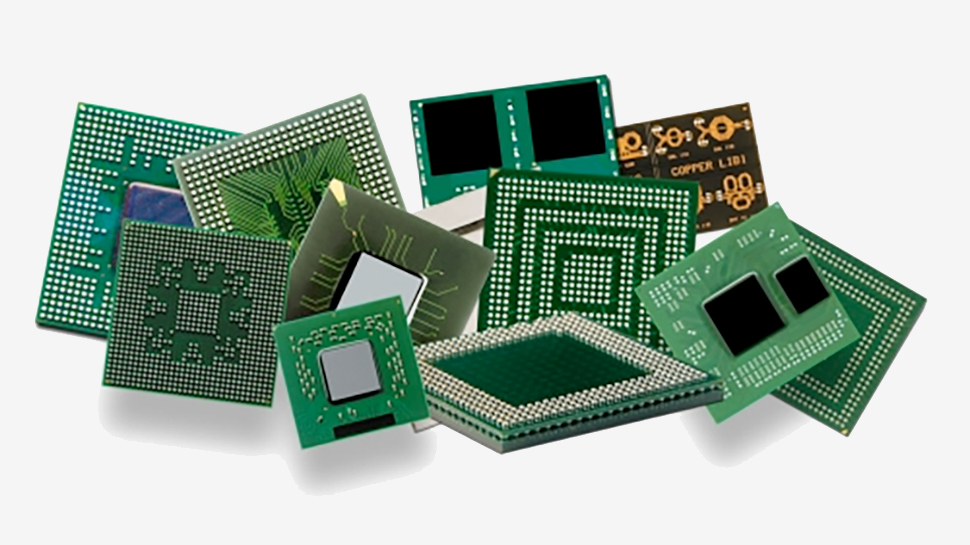There a numerous causes that have led into the ongoing computer component shortage, one of which is the lack of availability of materials called ABF substrates. The Good news is that companies like AMD and Intel are taking the problem seriously and are investing in packaging facilities and production of substrates.
A wide variety of chips from inexpensive entry-level processors for client PCs to complex high-end CPUs for servers use laminated packaging. Usually, chips that use laminated packaging also use IC substrates featuring insulating Ajinomoto build-up films (ABF), which are made by just one company, Ajinomoto Fine-Techno Co.
While there are dozens of companies that package chips and use ABF substrates, there is only one ABF supplier that has to serve them all. But as it transpired this year, the Japanese company is not the bottleneck here, but OSAT (outsourced assembly and test) houses like ASE Technology are.
Earlier this year, numerous top packaging houses vowed to increase their production capacities. But for large companies, a tangible capacity increase is complicated, as equipment vendors can’t simply increase their output overnight. But now even second-tier OSAT players have announced plans to expand their capacity already. For example, Kinsus plans to raise its ABF substate capacity by 30% this year, DigiTimes reports. But chip packaging houses are not the only companies that can address issues with chip packaging.
“I would say overall, the demand if we look at coming into this year, the demand has been sort of higher than our expectations,” said Lisa Su, chief executive of AMD, at this week’s conference call, reports SeekingAlpha. “There are sort of industry-wide types of things that are going on. We work very closely with our supply chain partners. So, whether it’s wafers or back-end assembly test, capacity or substrate capacity, we work it on a product line by product line level.”
AMD used to own assembly, test, mark and pack facilities, but sold them in 2016 when it was in dire need of money. Apparently, AMD wants to address its chip shortages by investing in OSAT and substrate partners to gain capacity that is dedicated to AMD.
“We continue — on the substrate side in particular, I think, there has been underinvestment in the industry,” said Su. “So, we have taken the opportunity to invest in some substrate capacity dedicated to AMD, and that’ll be something that we continue to do going forward.”
Intel has its own chip production as well as test and assembly facilities in multiple countries. But apparently the in-house packaging capacities are not enough for Intel, which significantly increased its chip output capacities in the recent year following shortages it faced in 2018 – 2019. In a bid to meet demand for its products, Intel is working with its third-party substrate partners.
“By partnering closely with our suppliers, we are creatively utilizing our internal assembly factory network to remove a major constraint in our substrate supply,” said Pat Gelsinger, CEO of Intel, during a recent call. “Coming online in Q2, this capability will increase the availability of millions of units in 2021. It is a great example where the IDM model gives us flexibility to address the dynamic market.”
AMD is perhaps among the companies that suffered the most from chip production crisis. In the second half of 2020 the company had to supply its partners from Microsoft and Sony over 10 million of SoCs for the the Xbox Series X, Xbox Series S and PlayStation 5 that were launched last November. Around the same time AMD introduced its Ryzen 5000-series CPUs based on the Zen 3 microarchitecture as well as the Radeon RX 6000-series GPUs running the RDNA2 architecture.
Eventually AMD admitted that it could not meet demand for its products because it could not procure enough chips from its manufacturing partners and because its OSAT partners did not have enough capacity to test and pack its chips too.
